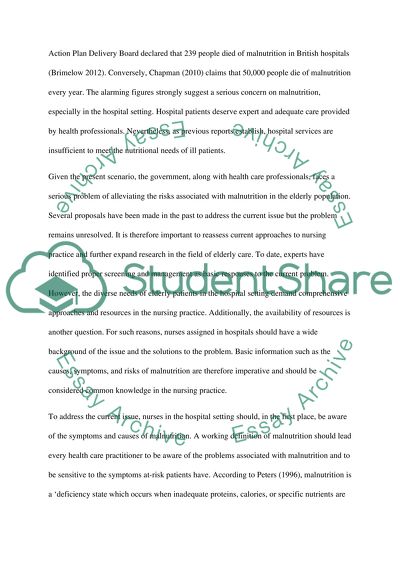Cite this document
(“Elderly Patients and Malnutrition Dissertation Example | Topics and Well Written Essays - 4250 words”, n.d.)
Retrieved from https://studentshare.org/nursing/1399446-project-module
Retrieved from https://studentshare.org/nursing/1399446-project-module
(Elderly Patients and Malnutrition Dissertation Example | Topics and Well Written Essays - 4250 Words)
https://studentshare.org/nursing/1399446-project-module.
https://studentshare.org/nursing/1399446-project-module.
“Elderly Patients and Malnutrition Dissertation Example | Topics and Well Written Essays - 4250 Words”, n.d. https://studentshare.org/nursing/1399446-project-module.


